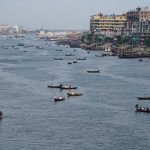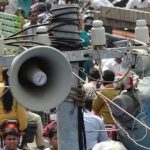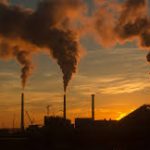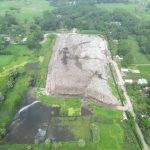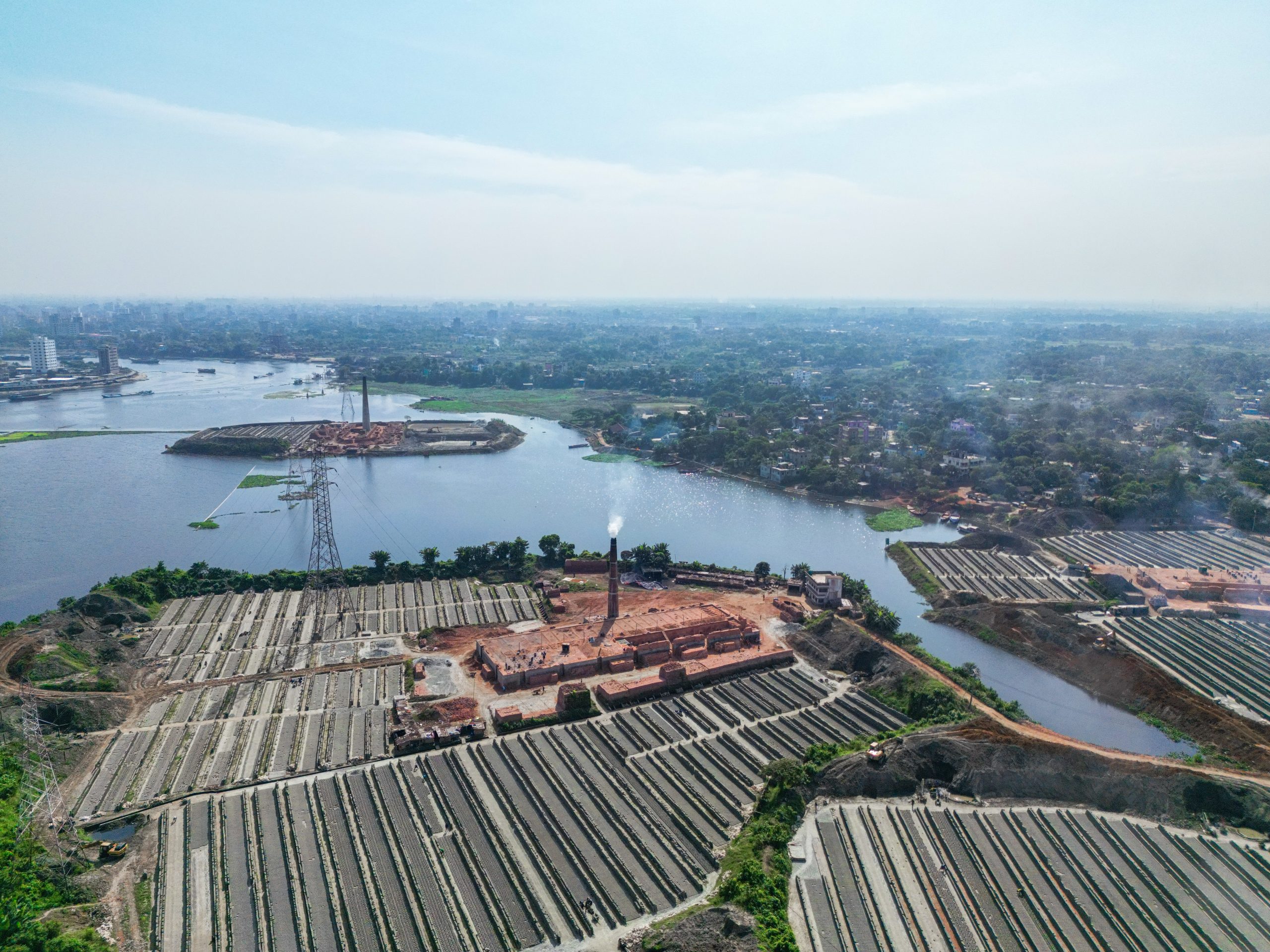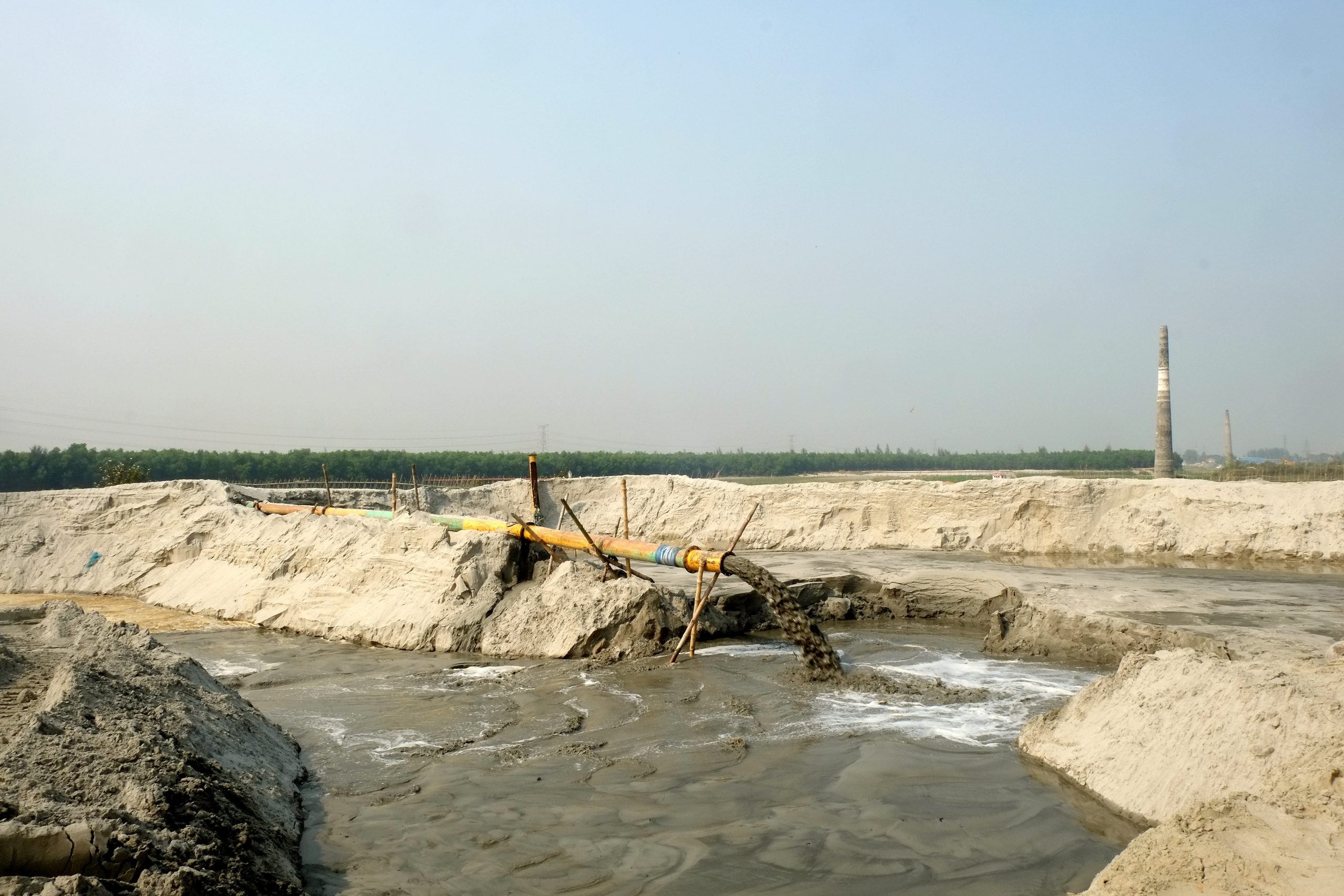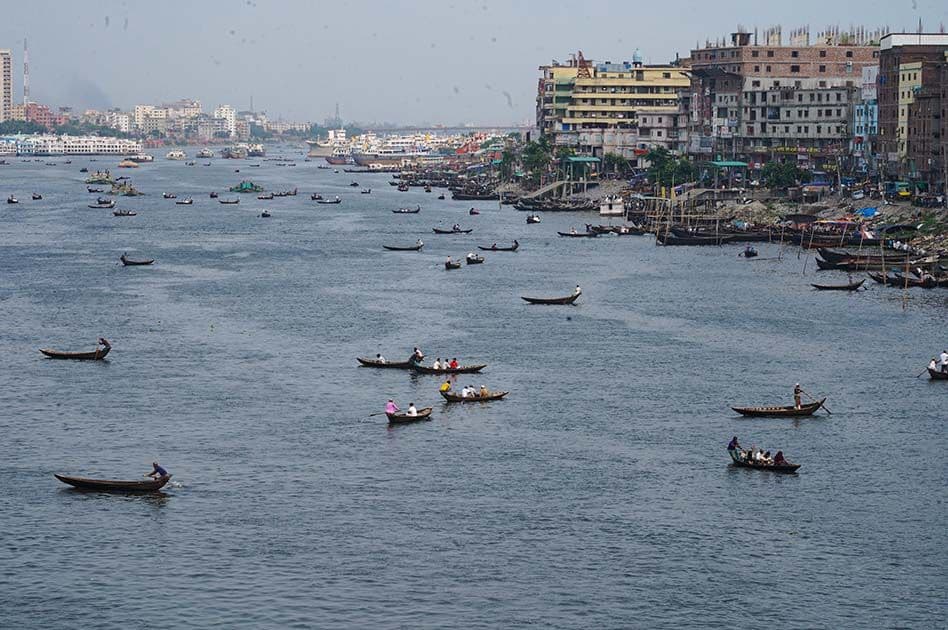Photography and Reporting by Nahid Hasan
When I stood near a smoky brick kiln on the outskirts of Dhaka, I felt like I was witnessing the silent architecture of our own downfall. A thick layer of ash blanketed the nearby paddy field, and the sky—once bright—was veiled in a permanent gray. In that moment, I realized that brick kilns are more than just rural factories—they are engines of environmental degradation and climate disruption, woven into the landscape of Bangladesh’s development story.
The Hidden Cost of Urban Growth
Bangladesh is one of the fastest urbanizing countries in South Asia. With cities like Dhaka expanding rapidly, the demand for bricks has skyrocketed. According to the Department of Environment (DoE), there are over 7,000 brick kilns operating across the country—many of them illegal or non-compliant with environmental regulations.
These kilns collectively produce approximately 23 billion bricks annually, and in the process, they burn millions of tons of coal and wood. The result? Emissions of carbon dioxide (CO₂), sulfur dioxide (SO₂), particulate matter (PM2.5), and black carbon that contribute significantly to Bangladesh’s already hazardous air quality.
A Personal Journey into the Data
In my research, I came across a startling figure from the Clean Air and Sustainable Environment (CASE) project under the World Bank: brick kilns are responsible for 38% of total fine particulate matter (PM2.5) in Dhaka’s air. PM2.5 are microscopic particles that penetrate deep into human lungs, causing asthma, lung disease, and premature deaths.
I visited local health clinics in Keraniganj and Narayanganj, where residents living near brickfields reported high rates of respiratory illnesses—particularly among children and the elderly. According to a 2020 study by ICDDR,B, children living within 2 km of brick kilns had 45% higher chances of developing chronic cough and bronchitis compared to those living farther away.
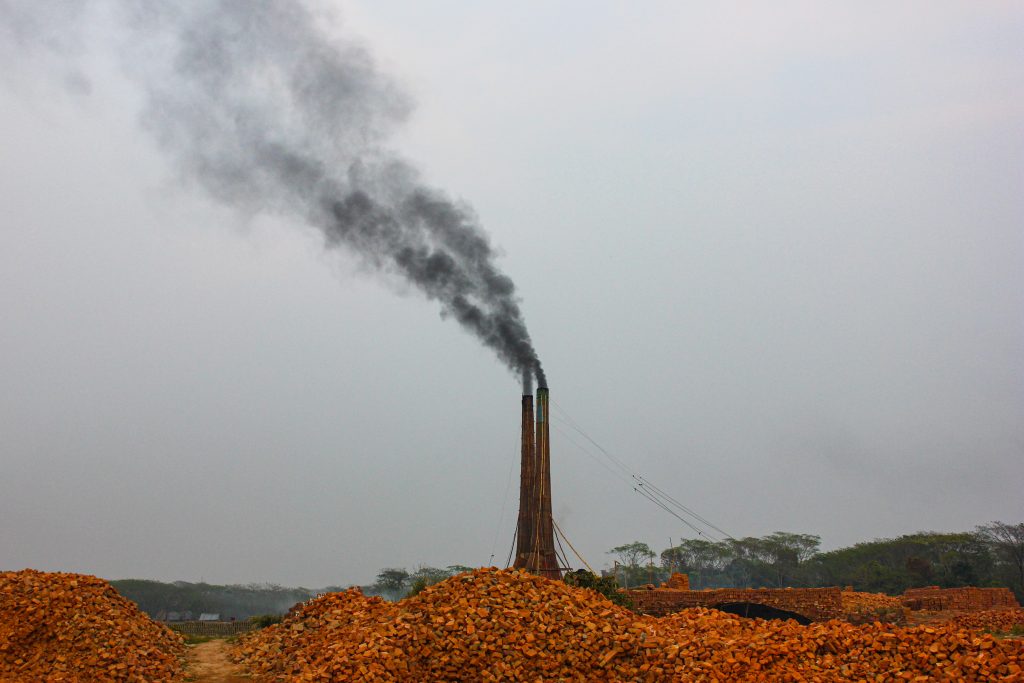
Poisoning the Soil, Killing the River
While air pollution is the most visible threat, the environmental impact of brick kilns runs deeper—literally. Topsoil, essential for agriculture, is stripped to make bricks. According to research by the Bangladesh Agricultural Research Council (BARC), more than 5,000 hectares of arable land are lost annually due to clay extraction for kilns.
Moreover, toxic runoff from kilns—rich in heavy metals like lead, arsenic, and cadmium—seeps into nearby rivers and canals. The Buriganga River, which already suffers from industrial waste, now faces additional threats from kiln pollution. Local fishermen say fish are becoming scarce, and water is unusable even for washing clothes.
A Broken Policy Landscape
The government has introduced laws such as the Brick Manufacturing and Brick Kilns Control Act 2013, requiring kilns to switch to cleaner technologies like Zigzag or Hybrid Hoffman kilns. But implementation has been inconsistent.
In field visits and interviews with kiln owners, I found widespread corruption and weak enforcement. Many kilns continue to operate without Environmental Clearance Certificates (ECC). In some cases, fines are paid as bribes instead of penalties, and inspectors rarely visit remote kiln clusters.
A recent study by BUET (Bangladesh University of Engineering and Technology) revealed that less than 20% of kilns have adopted cleaner technology, despite clear guidelines from the Department of Environment.
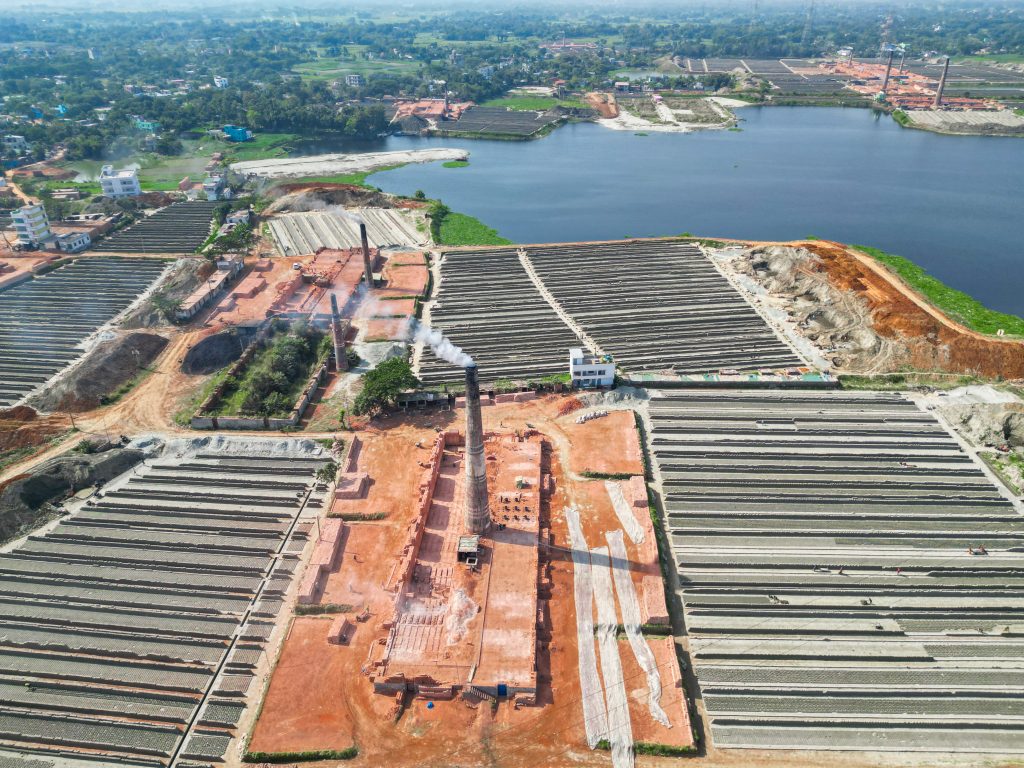
Climate Change Connection
Bangladesh ranks among the most climate-vulnerable countries in the world. Ironically, the very industries that build our cities are accelerating our climate risk. The burning of fossil fuels in kilns contributes significantly to greenhouse gas emissions, worsening the frequency of floods, droughts, and cyclones.
According to a joint report by UNDP and the Ministry of Environment, Forest and Climate Change (MoEFCC), emissions from kilns add about 8 million tons of CO₂ into the atmosphere annually—comparable to emissions from all of the country’s transportation.
This makes brick kilns not only an environmental hazard but also a climate justice issue, as their impacts disproportionately affect rural poor communities who live and work near them.
Searching for Solutions
The solutions exist— cleaner kilns, alternative materials like concrete blocks, hollow bricks, and fly-ash bricks, and stricter monitoring. But the transition requires state-backed investment, awareness, and incentives.
Some NGOs and startups are experimenting with eco-bricks made from rice husk ash and construction waste. These bricks require no burning and produce negligible emissions. But such innovations remain marginal without broader institutional support.
As I walked away from the kiln in Savar, my clothes reeking of soot, I couldn’t help but wonder: how long will we continue to build our cities at the cost of our climate?
The path forward is clear—but the will to walk it is still missing.
Sources:
Department of Environment (DoE), 2023
World Bank CASE Project Report, 2022
BUET Environmental Study on Brick Kilns, 2023
UNDP Bangladesh Climate Report, 2023
ICDDR,B Health Survey, 2020
Bangladesh Agricultural Research Council (BARC), 2022
About Author
Nahid Hasan is a documentary photographer, visual journalist, and filmmaker based in Dhaka, Bangladesh.





